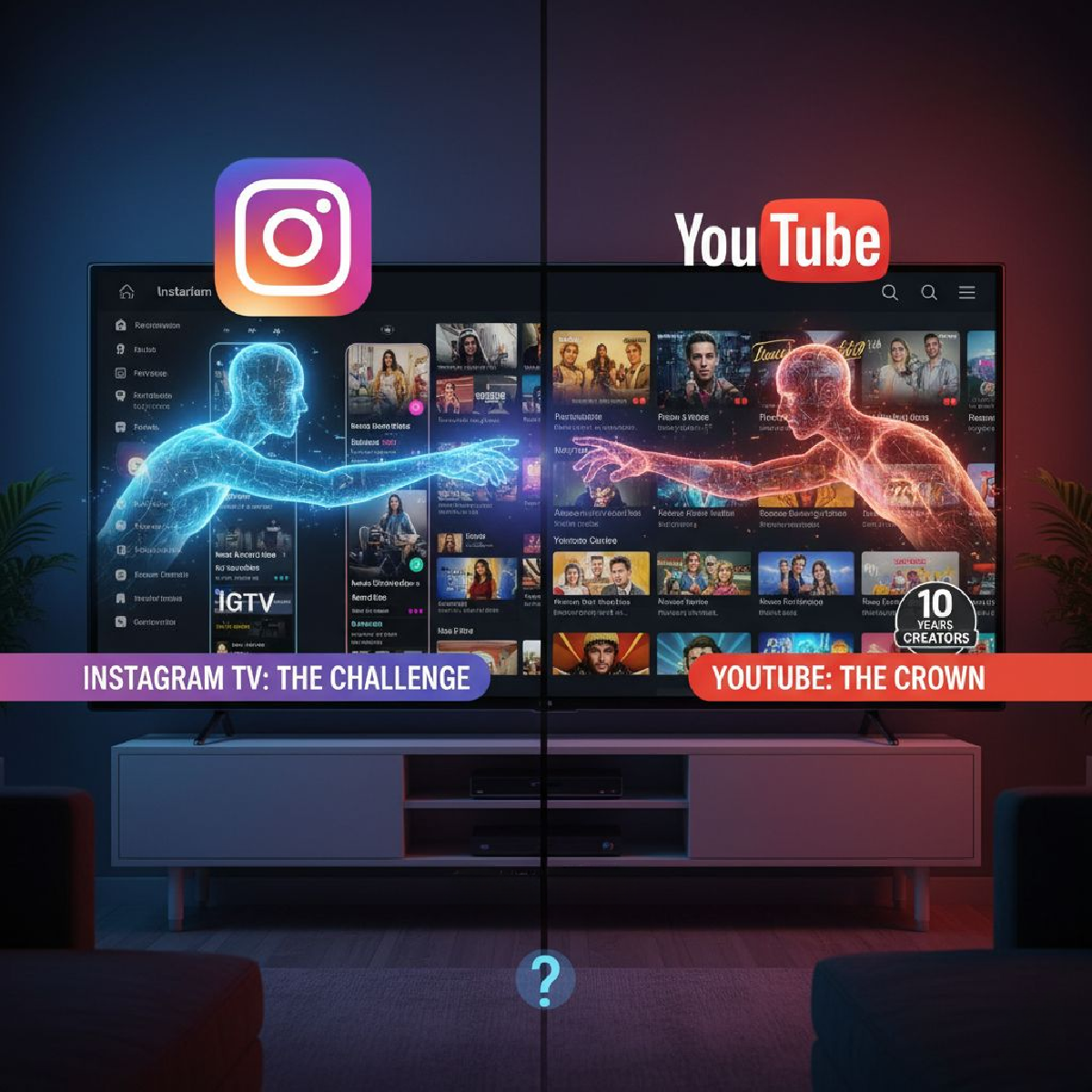Instagram is building a TV app. According to reports circulating this week, the Meta-owned platform is preparing to challenge YouTube directly with a dedicated television application for long-form video content.
The strategic logic is clear. Instagram has dominated photos and short-form video, but YouTube owns the living room and the long-form video market. By launching a TV app, Instagram could capture viewing time currently going to YouTube, especially for creator content that doesn’t fit neatly into Reels or Stories.
For creators, this could mean another revenue stream and distribution channel. For Instagram, it’s a play to keep users inside its ecosystem longer. Watch time equals ad revenue, and television screens represent premium advertising real estate.
But the market is already crowded. YouTube has spent nearly two decades building its creator economy, recommendation algorithms, and user habits. Netflix, Disney+, and others compete for attention on TV screens. Even TikTok is expanding into longer content.
The question isn’t whether Instagram can build a TV app. The question is whether they can give people a reason to use it. Replicating YouTube’s feature set won’t be enough. Instagram needs to answer: what’s different? What’s better? Why switch?
The Attention Economy Trap#
Every platform now competes for the same finite resource: human attention. More apps, more feeds, more content. Each platform promises connection, entertainment, or value, but together they create a fragmented experience where we constantly switch contexts, never fully present anywhere.
When every platform expands into every other platform’s territory, we don’t get innovation. We get homogeneity. The real cost isn’t measured in subscription fees or ad impressions. It’s measured in the quality of attention we have left for what actually matters beyond the screens.


